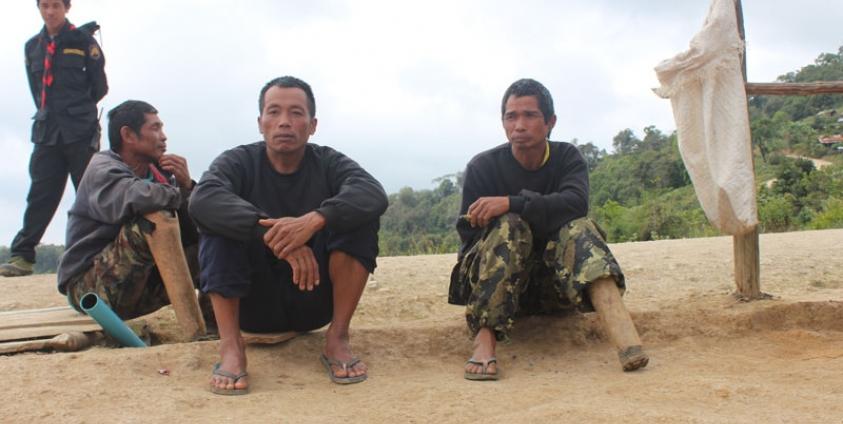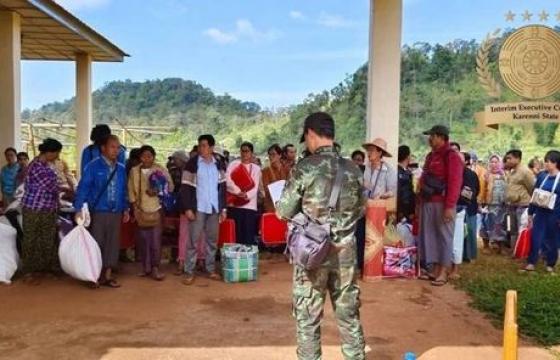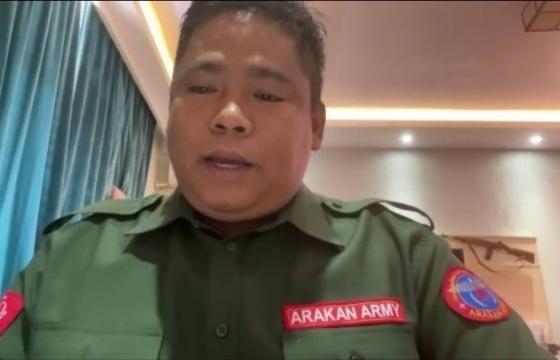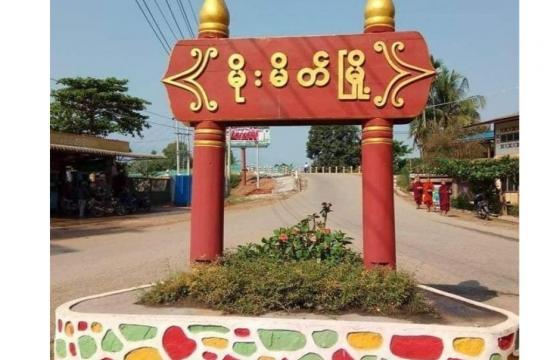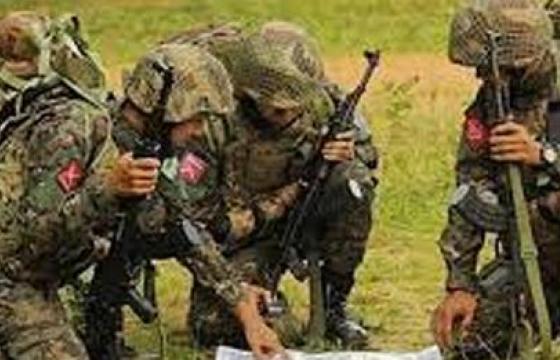Myanmar’s war zones, even in areas where a ceasefire is in place, continue to experience the terrors of conflict as landmines riddle jungles and village tracks. The biggest problem about this, no one knows how many or where they are.
The International Campaign to Ban Landmines released their 17th report on Myanmar on 25 November. It once again highlights the lack of trust between groups in solving an issue that harms civilians mostly after the conflict is over.
The most disturbing factor that the report highlights is that no one fully knows the number of causalities or how many people the destructive weapon maims.
“The Tatmadaw or ethnic armed groups do not record the number of civilians who have been injured or killed by anti-personnel mines that they have laid. The ministry of health is unable to count the number of people who are landmine victims in Myanmar,” said Yeshua Moser-Puangsuwan, Research Coordinator & Editor of the Landmine & Cluster Munition Monitor.
“You could get a sense of the number of people who have received help from the Ministry of Health if you went through the surgery records but that data is not received at a central level, the statistics exist at the local level, but they simply don’t have that at the national level, it is a matter of capacity they just can’t afford to do that.”
Since 1999, landmines have affected 3,745 people; 396 killed, 3,145 injured, and 204 unknown. Yet as Yeshua reiterated many times, the true number would far exceed what the group records.
Last year 45 people were killed and 206 injured compared to 35 killed and 110 injured in 2013. More casualties have been recorded in Kachin State and the report refers to the Danish Demining Group/ Danish Refugee Council that it would most likely be because of the intensity of conflict in the past five years.
The demining process has been delayed to allow for the completion of the Nationwide Ceasefire Agreement, but the wording in that agreement is vague at best. Responsibility will be tested during this period as the Myanmar Peace Centre was meant to set up a Myanmar Mine Action Centre.
It has not done so.
The Tatmadaw and ethnic armed groups do not map where they place their mines. Ethnic forces also reuse Tatmadaw mines when they discover them, again making it harder to track placements.
The global agreement to ban landmines, the Global Mine Ban Treaty, has been ratified by 80% of the world’s countries. Yet Myanmar has not signed this treaty or the Convention on Cluster Munitions or the Convention on Conventional Weapons.
“The government has had a confusing record but, for the most part, we can say that they don’t seem favourably disposed towards the mine ban treaty,” Yeshua told Mizzima.
“There is an annual UN General Assembly which calls on governments to support the 1997 mine ban treaty, this is an important vote that happens in the UN system because it gives the mandate to UN agencies to work on the landmine problem worldwide,
…so many countries that are not a party to the 1997 mine ban treaty vote in favour of this, this general assembly resolution. But Myanmar has never voted in favour of it and at the draft vote on it, they again did not vote in favour of it.” He said.

